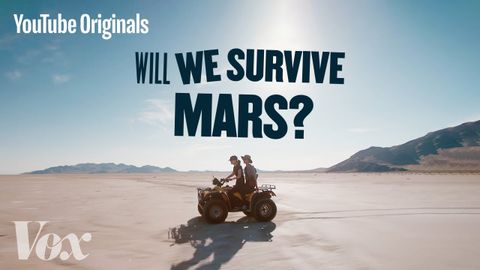
Subtitles & vocabulary
Will We Survive Mars? - Glad You Asked S1
00
林宜悉 posted on 2020/09/18Save
Video vocabulary
stuff
US /stʌf/
・
UK /stʌf/
- Uncountable Noun
- Generic description for things, materials, objects
- Transitive Verb
- To push material inside something, with force
B1
More stick
US /stɪk/
・
UK /stɪk/
- Verb (Transitive/Intransitive)
- To push a sharp or pointed object into something
- To join together using glue or paste
- Countable Noun
- Long thin piece of wood from a tree
A2
More obsession
US /əbˈsɛʃən, ɑb-/
・
UK /əb'seʃn/
- Uncountable Noun
- Irrational motive for performing certain actions
- An idea or thought that continually preoccupies or intrudes on a person's mind
B2
More term
US /tɚm/
・
UK /tɜ:m/
- Noun (Countable/Uncountable)
- Conditions applying to an agreement, contract
- Length of time something is expected to happen
- Transitive Verb
- To call; give a name to
A1TOEIC
More Use Energy
Unlock All Vocabulary
Unlock pronunciation, explanations, and filters
